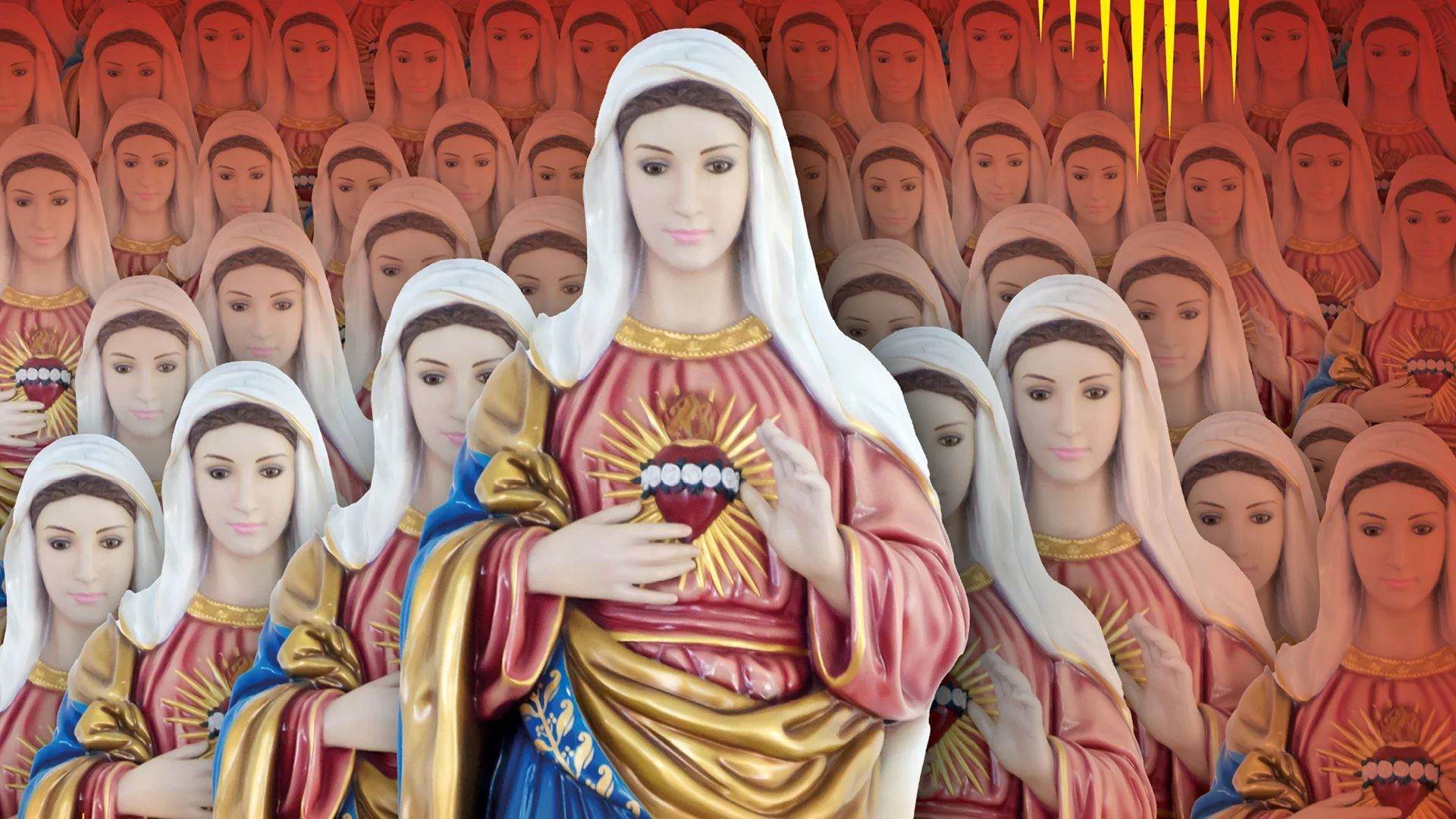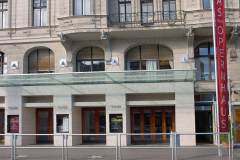Norma
Mo | Tu | We | Th | Fr | Sa | Su |
Melodramma in two acts
Libretto by Felice Romani
Norma is a woman caught between two systems. On the one hand she is a chaste druid priestess in an occupied land and as such decides between war and peace; on the other she is the secret lover of the Roman general Pollione, and even has two children with him. But when Pollione reveals that he intends to leave her for a younger priestess, Adalgisa, and return to Rome, her double life is in danger of discovery. The unbearable conflict between love and a thirst for vengeance, between religion and rationality, and between her own traditions and an empire almost drives Norma to murder her own children – before she decides to take another, scarcely less radical step. Vincenzo Bellini’s Norma, written in 1824, is his best-known opera and a masterpiece of Italian Romanticism. In Norma, Bellini created a character who goes through every human condition imaginable in a short space of time, and he expresses them using musical techniques ranging from bel canto to screams. Director Vasily Barkhatov, whose most recent production at the MusikTheater an der Wien was Weinberg’s Der Idiot, interprets the tragedy against the background of a change of political system. In the opera, Norma is a priestess of the moon goddess and is caught between the millstones of ideological turmoil which sees old idols being replaced by new ones. The title role will be played by one of today’s most celebrated singers, Asmik Grigorian, who takes on the role for the first time.
In Italian with German and English surtitles
Introduction to the work 30 minutes before curtain-up
Program and cast
Conductor: Francesco Lanzillotta
Director: Vasily Barkhatov
Stage: Zinovy Margolin
Costume: Olga Shaishmelashvili
Light: Alexander Sivaev
Live Action Design: Ran Arthur Braun
Dramaturgy: Kai Weßler
Norma: Asmik Grigorian
Adalgisa: Aigul Akhmetshina
Pollione: Freddie De Tommaso
Oroveso: Tareq Nazmi
Clotilde: Victoria Leshkevich
Flavio: Gustavo Quaresma
Wiener Symphoniker
Arnold Schoenberg Chor
A co-production with the Berlin State Opera
Theater an der Wien
About the Theater an der Wien
The New Opera House is not just any theatre, but the one that Emanuel Schikaneder, the all-round genius, actor, impresario with a flair for organization but above all librettist of The Magic Flute, had built in 1801 in Vienna in keeping with the spirit of Mozart.
To coincide with the 250th anniversary of Mozart’s birth the Theater an der Wien presents itself as a new opera house from January 2006. As a “season” opera house with productions all the year round the Theater an der Wien carves a new and independent niche in the realm of high-quality culture in Vienna. For twelve months of the year, with one premiere every month, opera will be performed under the “stagione”, or season, system: that means the cast remains unchanged from the first performance to the last one, which guarantees that the very highest international standards are maintained.
The theatre’s modern, accessible approach to music theatre as demonstrated by the works performed, the overall artistic concept Bespielung and the artistes is further underlined by the building itself, its architecture and the vibrancy of its location. The surroundings and materials, the intimate atmosphere and perfect acoustics in the historical theatre prepare the senses to experience beauty. The Theater an der Wien deliberately enters into a symbiotic relationship with its lively surroundings on the Naschmarkt street market and the young cultural scene centred in the Schleifmühl quarter.
How to get there
With public transport:
We can be reached by public transport:
U1, U2 und U4 Station Karlsplatz, Exit Secession
Bus 59A Station Bärenmühldurchgang
Bus 57A Station Laimgrubengasse, pedestrians via Laimgrubengasse to Linke Wienzeile
KAMMEROPER:
Fleischmarkt 24, 1010 Wien
We can be reached by public transport:
U1, U4: Station Schwedenplatz
Tram Linie D (bei Ablenukung über Kai), 1, 2: Station Schwedenplatz
Bus 3A (on workdays)

 EN
EN DE
DE IT
IT FR
FR ES
ES RU
RU JP
JP RO
RO
 Seating plan
Seating plan 